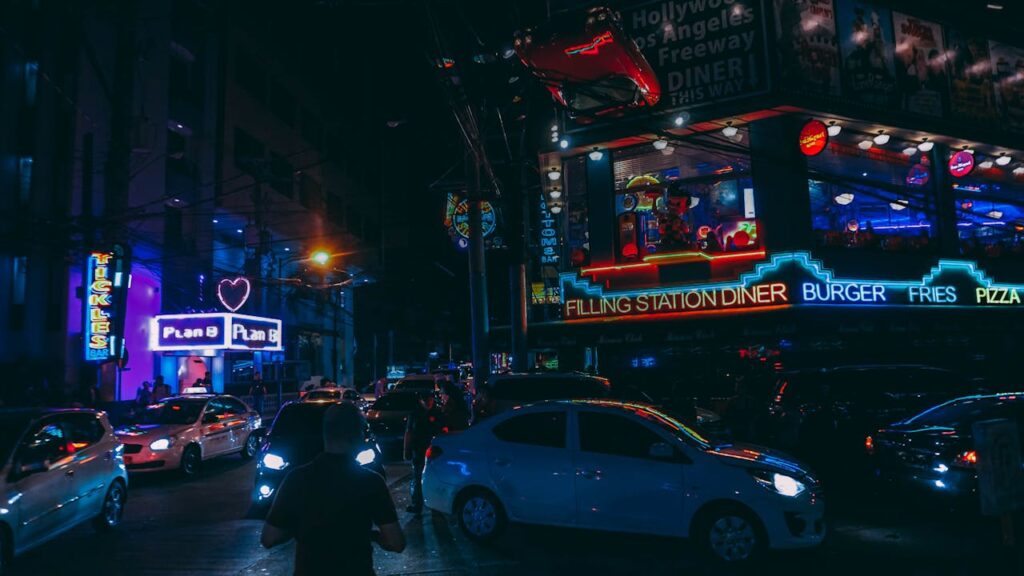Night photography is a challenging yet rewarding genre that explores the visual drama, mystery, and beauty of nocturnal landscapes, cityscapes, and celestial phenomena. This article provides a comprehensive guide on the history, techniques, equipment, artistic considerations, practical tips, cultural impact, and trends of night photography for audiences in the United States.

Introduction to Night Photography
Night photography involves capturing images in low-light conditions, typically after sunset or before sunrise, to emphasize unique lighting effects, ambient colors, and atmospheric textures. It encompasses a wide range of subjects, from urban nightscapes and starry skies to light trails and celestial events, offering photographers opportunities to experiment with long exposures and creative lighting techniques.

History and Evolution
The evolution of night photography parallels advancements in camera technology, film sensitivity, and digital imaging capabilities. Early practitioners like Brassai and Bill Brandt explored nighttime urban environments in the mid-20th century, capturing atmospheric scenes and shadowy contrasts using long exposure techniques. Today, digital cameras with high ISO capabilities, noise reduction features, and advanced lenses enable photographers to push creative boundaries and capture stunning nightscapes with greater clarity and detail.

Techniques and Equipment
Camera Gear: Use a digital camera with manual exposure controls, interchangeable lenses (e.g., wide-angle for landscapes, fast prime lenses for low light), and high ISO sensitivity (e.g., ISO 1600 to 6400) to capture clear images in low-light conditions. Tripods provide stability for long exposures, while remote shutter releases minimize camera shake during critical moments.
Exposure Settings: Experiment with long exposure times (e.g., several seconds to minutes) to capture light trails, star trails, and smooth water surfaces. Adjust aperture settings (e.g., f/2.8 to f/8) to control depth of field and shutter speed to balance exposure while maintaining image sharpness and clarity.
Lighting Techniques: Use available light sources creatively, including city lights, moonlight, artificial lighting, and light painting techniques to illuminate subjects and add visual interest to compositions. Experiment with white balance settings to enhance color tones and atmospheric effects inherent to nighttime scenes.

Artistic Considerations
Composition and Framing: Incorporate elements of foreground interest, leading lines, and perspective to create dynamic compositions. Balance negative space and emphasize contrast between light and shadow to highlight architectural details, natural landscapes, or celestial phenomena in night photography.
Creative Light Painting: Experiment with light sources, flashlights, LED wands, or sparklers to paint light trails or illuminate subjects during long exposures. Control exposure durations and movement patterns to create abstract patterns, textures, and visual effects that enhance nighttime compositions.

Practical Tips for Night Photographers
Scouting Locations: Research potential shooting locations, consider ambient light conditions, and plan compositions to anticipate favorable lighting effects and visual dynamics. Visit locations during daylight hours to familiarize yourself with potential obstacles, vantage points, and safety considerations.
Weather and Atmospheric Conditions: Monitor weather forecasts, atmospheric clarity, and celestial events (e.g., meteor showers, lunar phases) to plan night photography sessions that optimize natural lighting conditions and visual drama in nocturnal landscapes.
Post-Processing and Editing: Use photo editing software like Adobe Lightroom or Photoshop to adjust exposure levels, reduce noise, enhance color saturation, and refine compositions. Fine-tune contrast, sharpen details, and maintain image integrity while preserving the atmospheric qualities and visual impact of night photography.

Cultural Impact and Contemporary Trends
Urban Nightscapes and City Life: Night photography documents urban growth, architectural landmarks, and vibrant cityscapes illuminated by artificial lighting. Images celebrate nighttime economies, cultural diversity, and social activities that define urban nightlife and community identities.
Astrophotography and Celestial Events: Increasing interest in astrophotography captures celestial phenomena, including starry skies, auroras, eclipses, and planetary alignments. Advanced telescopes, tracking mounts, and specialized lenses enable photographers to capture detailed images of astronomical events and cosmic landscapes.

Conclusion
In conclusion, night photography offers a captivating exploration of nocturnal environments, celestial phenomena, and urban landscapes in the United States. By mastering technical skills, embracing creativity, and leveraging natural and artificial lighting sources, photographers capture the ethereal beauty, atmospheric textures, and visual narratives unique to nighttime photography.
From capturing city lights and starlit skies to experimenting with light trails and nocturnal wildlife, night photography invites viewers to appreciate the transformative power of light and shadow, revealing hidden details and evoking emotional responses. As photographers continue to innovate and explore the depths of darkness through visual storytelling, the art and impact of night photography inspire curiosity, appreciation for natural beauty, and a deeper connection to the nocturnal rhythms of the world around us.
